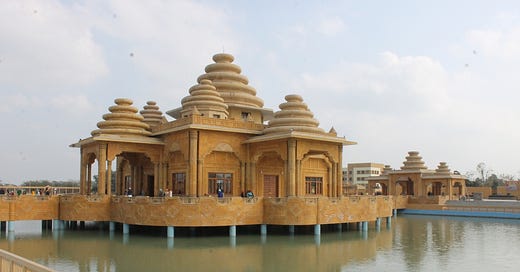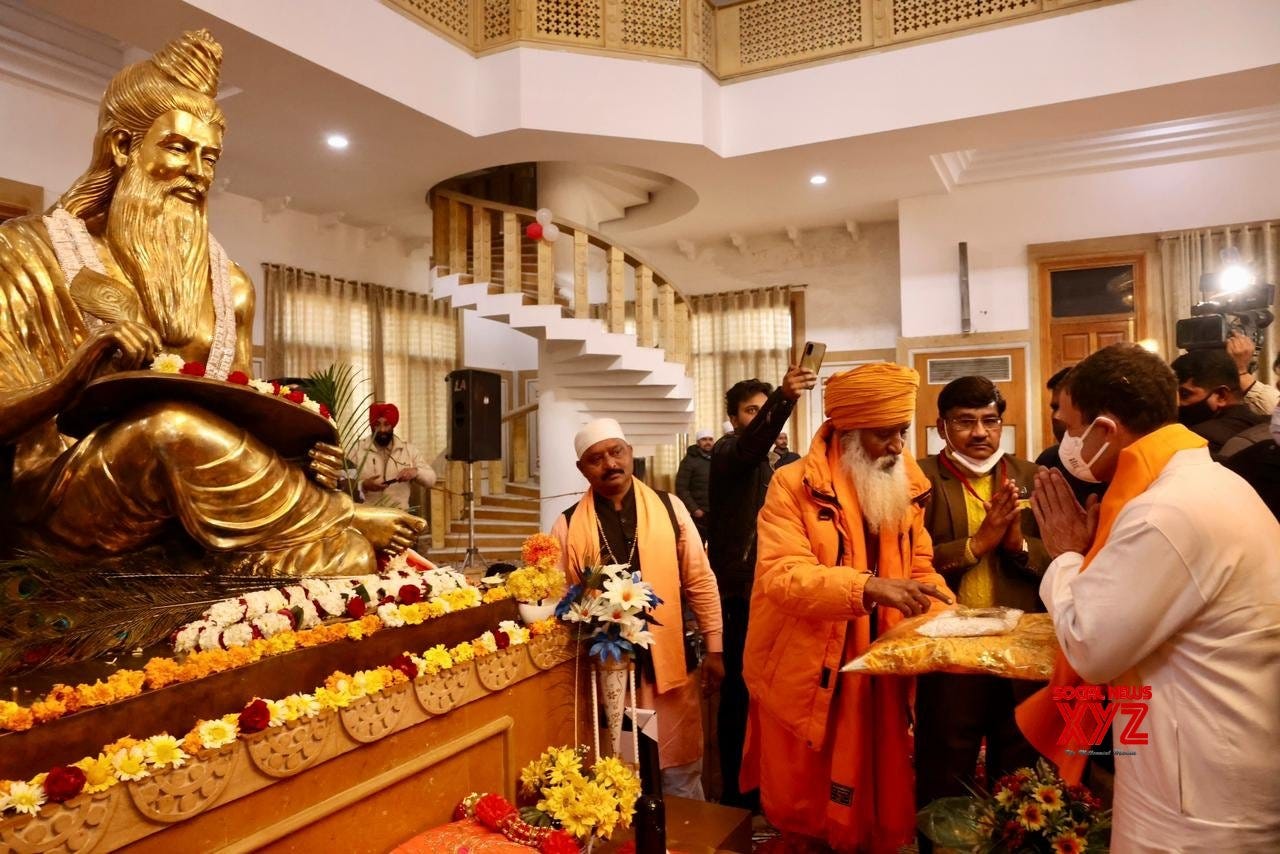Maharishi Valmiki's Life and Legacy: From Ayodhya to Amritsar
The Sage of Verses: Exploring Maharishi Valmiki's Life and Legacy and the Enduring Influence on Tulsidas's Ramcharitmanas 1500 Years Later.
Unveiling Maharishi Valmiki's Life
1. Celebrating the Adi Kavi: Valmiki's Literary Eminence
Valmiki, celebrated as the Adi Kavi or "first poet" of Sanskrit literature, is renowned for authoring the Ramayana. As the creator of this first epic poem in Sanskrit, Valmiki’s Ramayana is often regarded as the foundational stone of Indian poetic tradition. Despite discussions about its chronology, especially in comparison to Ved Vyas's Mahabharata, it is certain that the Ramayana was composed in the BC era, a testament to its ancient origins and enduring legacy through its refined language and deep societal themes.
2. Valmiki's Role in the Ramayana: A Sage's Journey
Appearing in the Bala and Uttara Kandas, Valmiki's personal journey is intricately woven into the Ramayana's narrative. From questioning the existence of a righteous man to providing refuge to Sita and mentoring her sons, Valmiki's presence enriches the epic's narrative. His appearances, particularly in the later-added cantos, underscore a shift in theological and linguistic paradigms of the time.
3. The Echoes of Ramcharitmanas: Tulsidas's Dominance
Despite Valmiki's foundational work, Tulsidas's Ramcharitmanas has eclipsed the original in popularity. Composed in Awadhi, Tulsidas's 16th-century rendition made the story of Lord Ram accessible to a wider audience, contributing to its enduring presence in cultural and religious practices like Ramlila.
4. Controversies of Caste: The Ongoing Debate on Valmiki's Origins
Valmiki's caste and origins are deeply embedded in India's complex tapestry of social dynamics and identity politics, sparking widespread debate. Many believe he belonged to the Shudra caste or was venerated among various scheduled castes, reflecting his broad impact across different social strata. This discourse highlights the intricate relationship between mythology, caste, and cultural identity in Indian society. While some narratives suggest he was born to Brahmin parents and later lost and raised by a hunter couple, other accounts claim his lineage as the son of a Bhil king. These diverse stories illustrate the multifaceted and often contested views of Valmiki's background, each contributing to the rich narrative of his life and legacy.
5. Transformation of Ratnakar: From Outlaw to Saint
Valmiki's transformative journey from Ratnakar, a feared bandit, to a revered sage underscores the theme of redemption and spiritual evolution. His encounter with Sage Narada, leading to a profound penance and subsequent awakening as Valmiki, illustrates the powerful narrative of moral and spiritual transformation that continues to inspire across generations.
Summing Up
In inaugurating the Maharishi Valmiki Airport in Ayodhya today (December 30, 2023), Prime Minister Narendra Modi not only honors the legendary poet-sage but also evokes the deep cultural and spiritual narratives that Valmiki's life and works encapsulate, weaving together history, mythology, and the enduring influence of literary and spiritual traditions.
For the readers and seekers wishing to delve deeper, click to read our article published earlier on the occasion of Maharishi Valmiki’s birth anniversary.








Well written